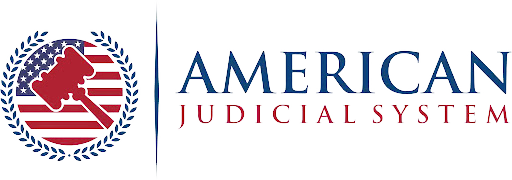Not all justice wears a robe. Across the U.S., community courts and restorative justice programs are quietly reshaping how low-level offenses are addressed, through conversation, accountability, and reintegration rather than incarceration. These models promise a more human-centered legal process, often relying on digital platforms to streamline participation and track outcomes. But with that convenience comes a growing concern: are these systems protecting the privacy of the very people they aim to help?
When digital infrastructure enters the courtroom, formal or informal, it brings with it more than efficiency. It brings risk. As alternative courts continue to digitize operations, the line between public interest and personal exposure becomes harder to define. Who owns this data? How is it protected? And what legal safeguards, if any, are in place when these systems operate in the margins of traditional judicial oversight?
The Digital Tools of Modern Community Courts
Digital tools have become integral to how many community justice programs operate. Online portals help participants stay on track, check court dates, or submit documentation. Case managers use apps to assign tasks or record progress. Some programs even use automated reminders or behavioral nudges to increase compliance and reduce recidivism.
There’s no question these systems offer practical benefits. They cut down administrative labor and make justice more accessible, particularly in under-resourced communities. But as convenience increases, so does the exposure of sensitive personal data. Many of these systems weren’t designed with legal privacy standards in mind, and some rely on platforms built initially for education or business, not justice.
Privacy Rights in Decentralized Systems
The strength of community-based programs lies in their adaptability. They often function through collaborations between courts, nonprofits, and community organizations. But this flexibility also means there’s rarely a standardized process for data handling. Each program may collect, store, and share personal information differently, with varying degrees of legal oversight.
People entering restorative justice programs frequently reveal personal histories, including details about mental health, substance use, or family dynamics, that would typically be protected in formal judicial settings. But without strict policies in place, those details may be logged in unsecured documents, shared across email threads, or uploaded to cloud services with minimal safeguards. In systems built on restoration and trust, this kind of exposure can feel like betrayal.
The Compliance Conundrum
U.S. privacy law is a patchwork. With no single federal standard, many community justice programs are left trying to interpret and apply a mix of state laws, ethical guidelines, and general best practices. This can lead to confusion about what data can be collected, how long it should be stored, or who is allowed to access it.
Some programs attempt to borrow concepts from international standards like the General Data Protection Regulation (GDPR), which emphasizes user consent, limited retention, and secure storage. But those principles don’t easily translate to the American legal context. Applying them in practice, particularly in hybrid legal settings, requires nuance and resources that many programs simply don’t have. For example, the complex realities of GDPR compliance in U.S. organizations show how fragmented and underdeveloped our approach to data governance still is.
This gap creates legal ambiguity and opens the door for unintentional overreach. A program may collect more data than it needs, store it indefinitely, or fail to restrict access. And unlike traditional courts, there’s often no centralized oversight or enforcement mechanism in place to correct course.
Transparency Without Exploitation
Transparency is a core value of many community justice programs. Sharing progress, outcomes, and data helps build trust with the public. But in the digital age, transparency can easily tip into surveillance or unintentional harm.
Some systems share compliance reports or behavioral updates through unsecured portals or public dashboards. Others store participant records in third-party platforms that don’t guarantee confidentiality. Unlike traditional court records, which are subject to specific sealing or expungement laws, digital records in alternative systems can linger indefinitely and follow participants long after they’ve completed the program.
It’s also worth noting that poorly designed or automated writing, like stiff legal templates or AI-generated reports, can contribute to these risks. As pointed out in Sean Kernan’s breakdown of common red flags in AI-generated content, systems that sound polished but feel impersonal often signal a lack of meaningful human oversight. That’s not just a writing critique, it’s a privacy concern. If a system can’t explain why it collected certain data or how it will protect it, slick formatting won’t save it from scrutiny.
The Road to Ethical Digital Justice
Community justice programs are reshaping how we approach low-level offenses, offering pathways to accountability that don’t rely on incarceration. But these innovative models are only as ethical as the infrastructure supporting them, and right now, many of those systems are skating on thin legal ice.
If justice is meant to restore rather than punish, it must also protect. That means building digital systems with privacy at their core, not tacked on as an afterthought. Programs must adopt stronger consent processes, limit unnecessary data collection, and offer clear paths for participants to access or delete their information. They also need funding, not just for outreach or staffing, but for legal review, encryption, and IT training. Privacy isn’t a luxury. It’s the backbone of trust. And for community justice to thrive, we have to treat it that way, not only in policy but in practice.










